Description
Overview:
Semaglutide 10 mg is a compounded pharmaceutical preparation designed to deliver the potent GLP-1 receptor agonist Semaglutide for patients requiring tailored dosing for weight management, glycemic control in type 2 diabetes, or cardiovascular and kidney risk reduction. Available as a subcutaneous injection or sublingual solution, this product mimics the body’s natural GLP-1 hormone to regulate appetite, enhance insulin secretion, and slow gastric emptying, promoting significant health benefits when used in conjunction with a reduced-calorie diet and increased physical activity. This compounded formulation offers a convenient 20 mg strength, ideal for patients under medical supervision seeking personalized treatment plans.
Indications:
Semaglutide 10 mg is indicated for:
- Chronic Weight Management: As an adjunct to a reduced-calorie diet and increased physical activity for adults with a body mass index (BMI) of ≥30 kg/m² (obesity) or ≥27 kg/m² (overweight) with at least one weight-related comorbidity, such as hypertension, type 2 diabetes, or dyslipidemia.
- Type 2 Diabetes Mellitus: To improve glycemic control in adults with type 2 diabetes, alongside diet and exercise.
- Cardiovascular Risk Reduction: To reduce the risk of major adverse cardiovascular events (e.g., heart attack, stroke, or cardiovascular death) in adults with type 2 diabetes and established cardiovascular disease.
- Chronic Kidney Disease Risk Reduction: To reduce the risk of worsening kidney disease, kidney failure, and cardiovascular-related death in adults with type 2 diabetes and chronic kidney disease.
Note: Compounded Semaglutide may be used off-label for other conditions as determined by a healthcare provider. This product is not FDA-approved, and its use should be guided by a qualified medical professional.
Mechanism of Action:
Semaglutide is a synthetic GLP-1 receptor agonist that mimics the action of the endogenous glucagon-like peptide-1 hormone. It works by:
- Stimulating Insulin Release: Enhances glucose-dependent insulin secretion from the pancreas, lowering blood sugar levels.
- Suppressing Glucagon Release: Reduces glucagon secretion, which decreases hepatic glucose production.
- Reducing Appetite: Acts on brain receptors to increase satiety, reducing hunger and caloric intake.
- Slowing Gastric Emptying: Delays the movement of food from the stomach to the small intestine, promoting prolonged feelings of fullness.
These actions collectively support weight loss, improved glycemic control, and reduced cardiovascular and kidney risks.
Dosage and Administration:
- Form: Available as a 10 mg compounded subcutaneous injection (vial or prefilled pen) or sublingual solution.
- Dosing Schedule:
- Injection: Administered once weekly via subcutaneous injection in the upper arm, thigh, or abdomen. The starting dose is typically 0.25 mg weekly for 4 weeks, with gradual titration (e.g., 0.5 mg, 1 mg, up to 2.4 mg weekly) based on patient tolerance and treatment goals. For a 20 mg vial, dosing is individualized, and patients must use the appropriate syringe size to measure the prescribed dose accurately (e.g., 0.1 mL for 2.5 mg if using a 20 mg/mL concentration).
- Sublingual: For sublingual administration (if available), a suggested dose may be 0.5 mg (0.25 mL of a 2.5 mg/mL solution) placed under the tongue once weekly, with titration as advised by a healthcare provider.
- Titration: Gradual dose escalation is critical to minimize gastrointestinal side effects. Consult your healthcare provider for a personalized dosing schedule.
- Administration Instructions:
- For injections, rotate injection sites to prevent irritation. Use a new needle for each injection and never share pens or vials.
- For sublingual solutions, place the prescribed dose under the tongue, hold for 30–60 seconds, and avoid eating or drinking for at least 30 minutes.
- Store unopened vials in a refrigerator (36°F to 46°F; 2°C to 8°C). After first use, store at room temperature (59°F to 86°F; 15°C to 30°C) or refrigerated for up to 56 days. Do not freeze. Protect from heat and sunlight.
- Missed Dose: If a dose is missed, administer as soon as possible within 5 days. If more than 5 days have passed, skip the missed dose and resume the regular schedule.
Active Ingredients:
- Semaglutide: 20 mg per vial or specified concentration.
- Inactive Ingredients (may vary by formulation): Disodium phosphate dihydrate, sodium chloride, water for injection, hydrochloric acid or sodium hydroxide (for pH adjustment), and, for sublingual formulations, an absorption enhancer like SNAC (sodium N-[8-(2-hydroxybenzoyl) amino] caprylate).
Contraindications:
- Personal or family history of medullary thyroid carcinoma (MTC) or Multiple Endocrine Neoplasia syndrome type 2 (MEN 2).
- Known hypersensitivity to Semaglutide or any product components (e.g., anaphylaxis or angioedema).
- History of severe gastrointestinal disease, such as gastroparesis.
- Pregnancy or breastfeeding (due to potential risks to the fetus or infant, particularly with oral/sublingual formulations containing SNAC).
- Not indicated for type 1 diabetes or diabetic ketoacidosis.
Warnings and Precautions:
- Thyroid C-Cell Tumors: Semaglutide may increase the risk of thyroid tumors, including MTC, based on rodent studies. Monitor for symptoms such as neck swelling, hoarseness, or difficulty swallowing.
- Pancreatitis: Risk of acute pancreatitis; discontinue if suspected and seek immediate medical attention.
- Hypoglycemia: Increased risk when used with insulin or sulfonylureas. Monitor blood glucose and adjust concomitant medications as needed.
- Acute Kidney Injury: Monitor renal function, especially in patients experiencing nausea, vomiting, or dehydration.
- Diabetic Retinopathy: Rapid glucose control may worsen diabetic retinopathy; monitor patients with a history of this condition.
- Gastrointestinal Effects: Common side effects include nausea, vomiting, diarrhea, and constipation, particularly during dose escalation.
- Gallbladder Disease: May increase the risk of gallstones or cholecystitis.
- Never Share Pens/Vials: Sharing poses a risk of blood-borne pathogen transmission.
- Compounded Product Risks: Compounded Semaglutide is not FDA-approved, and dosing errors may occur due to unfamiliarity with vial measurements. Use only under medical supervision with proper training on syringe use.
Side Effects:
- Common: Nausea, vomiting, diarrhea, constipation, abdominal pain, decreased appetite, fatigue, and injection site reactions.
- Serious: Pancreatitis, thyroid tumors, acute kidney injury, severe allergic reactions, gallbladder disease, and hypoglycemia (when combined with other glucose-lowering drugs).
- Management: Side effects may be minimized by starting at a low dose, titrating slowly, and maintaining hydration. Report severe or persistent symptoms to your healthcare provider.
Drug Interactions:
- Insulin/Sulfonylureas: Increased risk of hypoglycemia; dose adjustments may be needed.
- Oral Medications: Semaglutide may delay gastric emptying, potentially affecting the absorption of oral drugs. Take oral medications at least 30 minutes after sublingual Semaglutide or as directed.
- Other GLP-1 Agonists: Do not coadminister with other Semaglutide-containing products or GLP-1 receptor agonists.
- Always inform your healthcare provider of all medications, vitamins, and herbal supplements you are taking.
Storage and Handling:
- Refrigerate unopened vials (36°F to 46°F; 2°C to 8°C). Do not freeze.
- After first use, store at room temperature (59°F to 86°F; 15°C to 30°C) or refrigerated for up to 56 days.
- Protect from excessive heat and sunlight. Discard if the solution is cloudy, discolored, or contains particles.
- Use a new needle for each injection and dispose of needles safely in a sharps container.
Clinical Efficacy:
Clinical trials (e.g., STEP and SUSTAIN programs) have demonstrated that Semaglutide, at doses up to 2.4 mg weekly, achieves:
- Weight Loss: Up to 15–20% body weight reduction in obese or overweight adults after 68 weeks, when combined with lifestyle changes.
- Glycemic Control: Significant reductions in HbA1c (1–2%) in type 2 diabetes patients.
- Cardiovascular Benefits: 20% lower risk of major adverse cardiovascular events in patients with type 2 diabetes and heart disease.
- Kidney Protection: Reduced progression of chronic kidney disease in patients with type 2 diabetes.
Note: Efficacy for compounded 20 mg formulations depends on accurate dosing and adherence to medical guidance.
Special Populations:
- Pediatric: Safety and efficacy not established in patients under 18 years, except for Wegovy in patients ≥12 years for weight management.
- Pregnancy/Breastfeeding: Not recommended due to potential fetal harm and unknown risks of SNAC accumulation in breastfed infants (for sublingual formulations).
- Renal/Hepatic Impairment: No dose adjustment required, but monitor renal function closely, especially during dose escalation.
Patient Counseling Information:
- Work closely with your healthcare provider to determine the appropriate dose and titration schedule.
- Follow a reduced-calorie diet (e.g., 500 kcal/day deficit) and engage in at least 150 minutes of moderate-intensity exercise weekly for optimal results.
- Monitor for side effects, especially gastrointestinal symptoms, and report severe symptoms immediately.
- Learn proper injection or sublingual administration techniques to ensure safety and efficacy.
- Keep a recent prescription and medical history accessible, especially when traveling.
- Report adverse events to your healthcare provider or the FDA MedWatch program.
Disclaimer:
Compounded Semaglutide is not FDA-approved, and its safety and efficacy have not been evaluated by the FDA. Use only under the supervision of a qualified healthcare provider. Always consult your doctor to ensure this product is appropriate for your medical condition and to discuss potential risks and benefits.

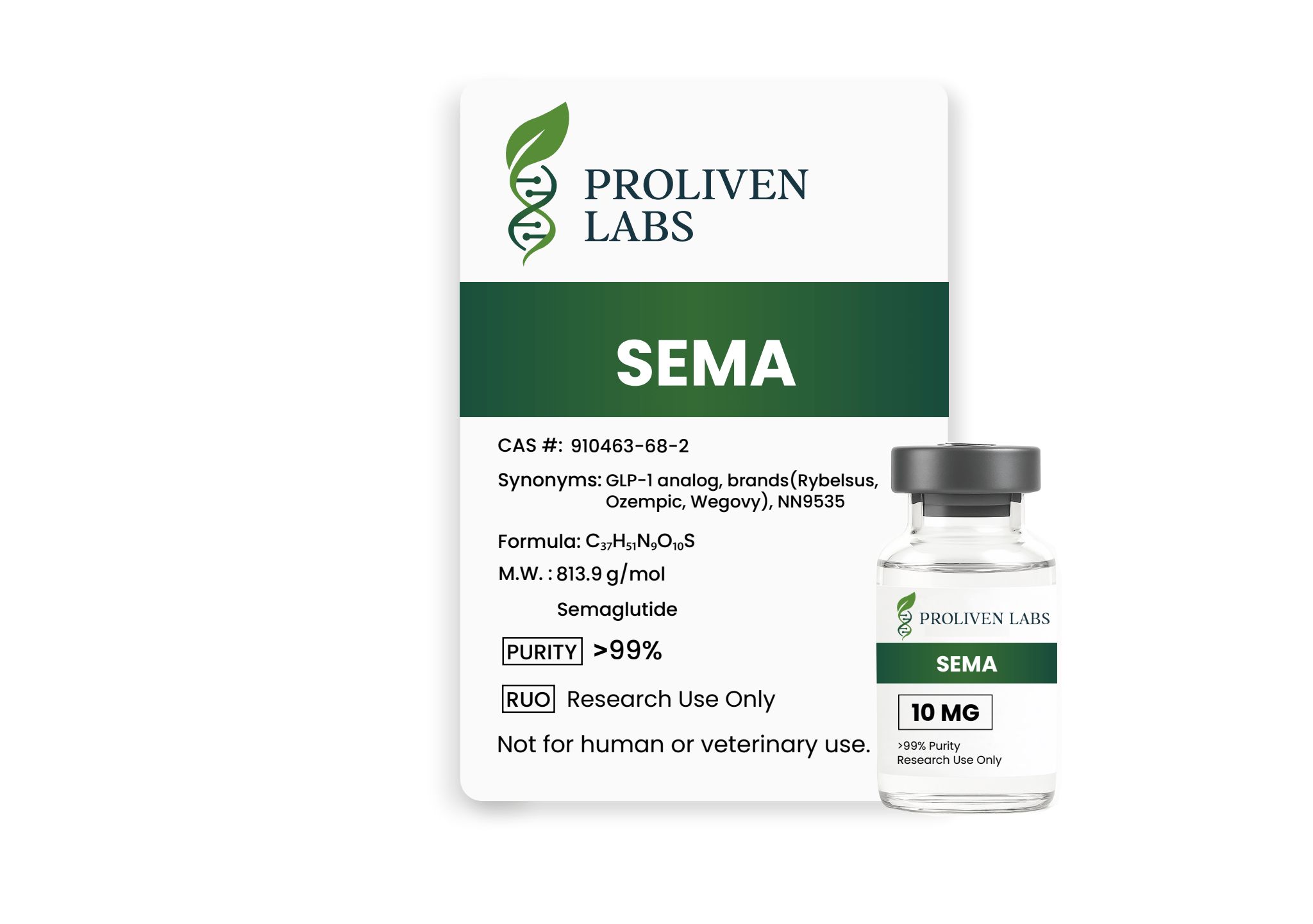
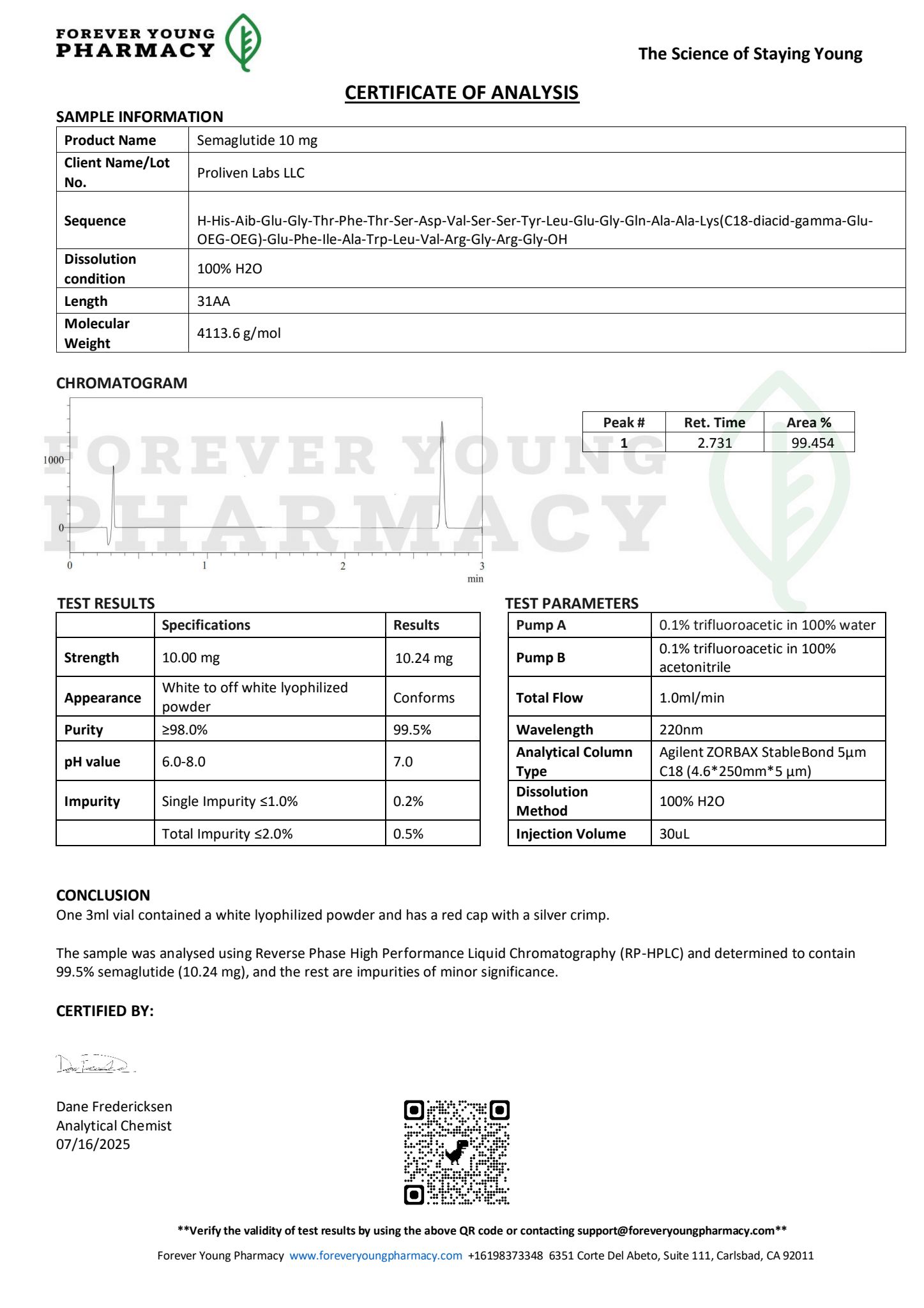
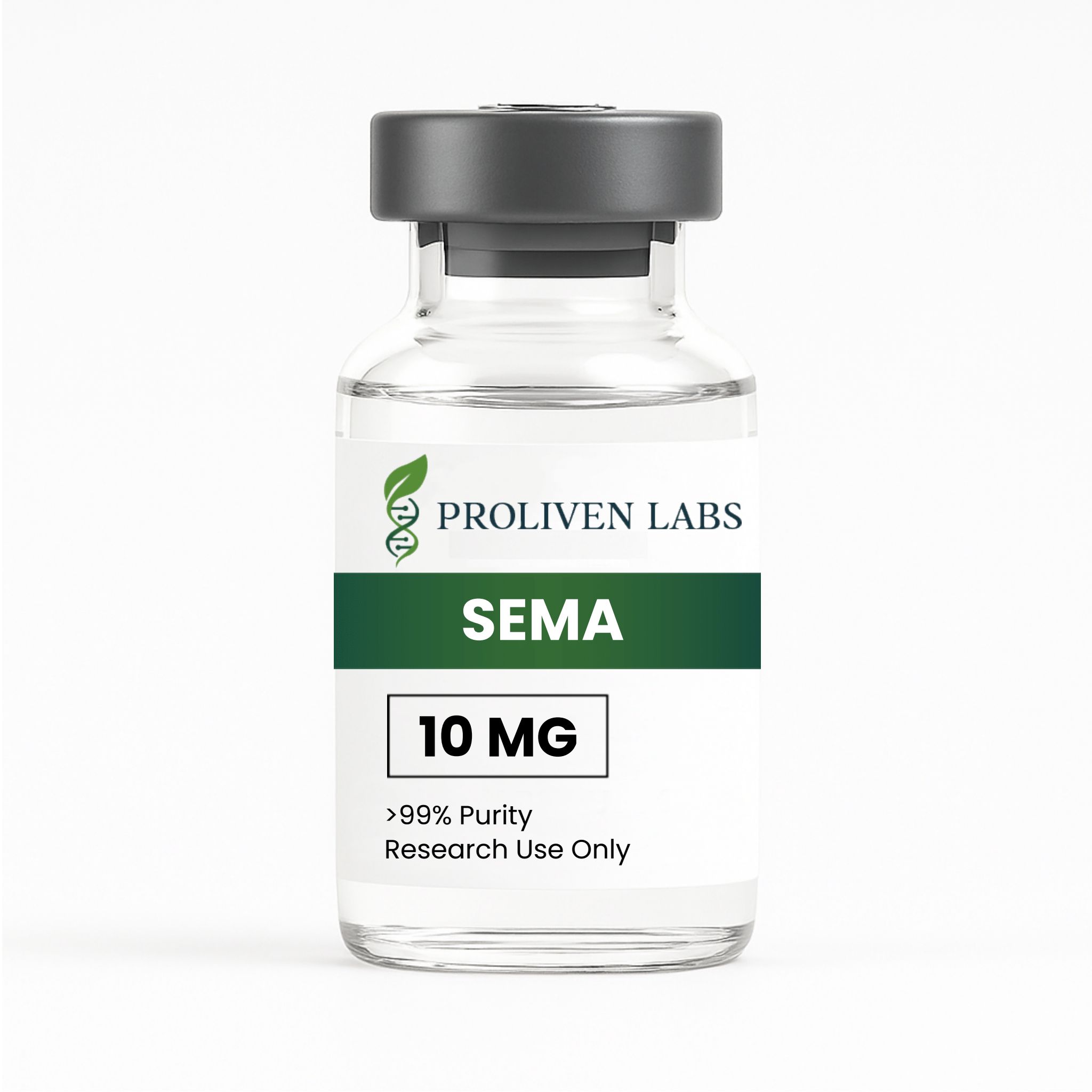
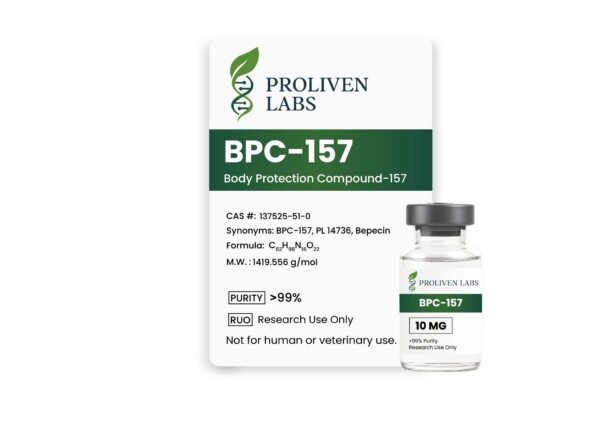

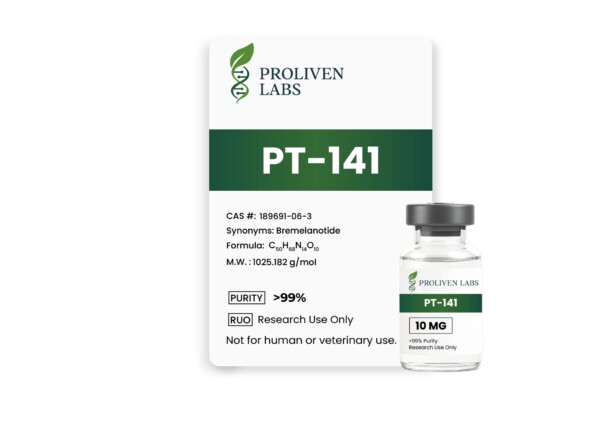
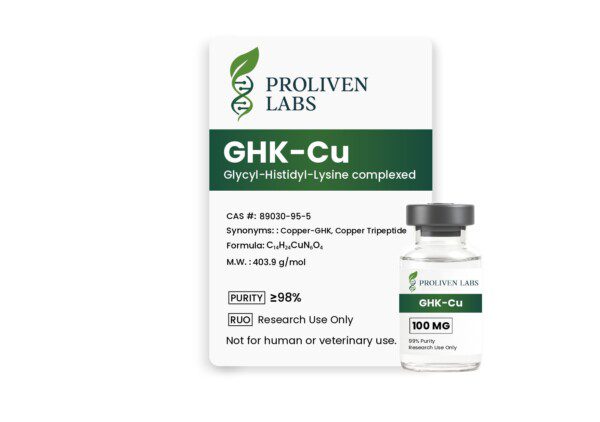

Reviews
There are no reviews yet.